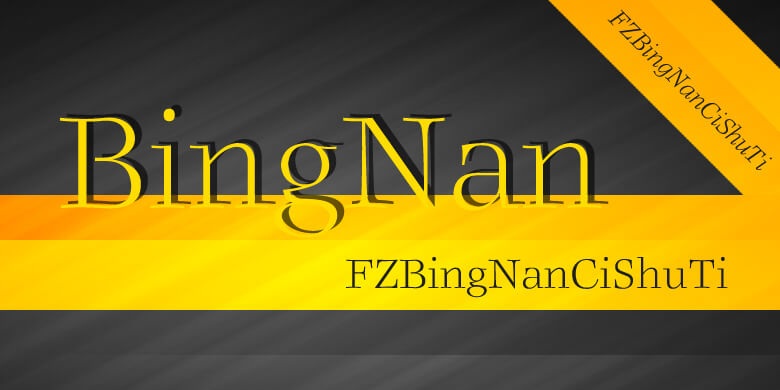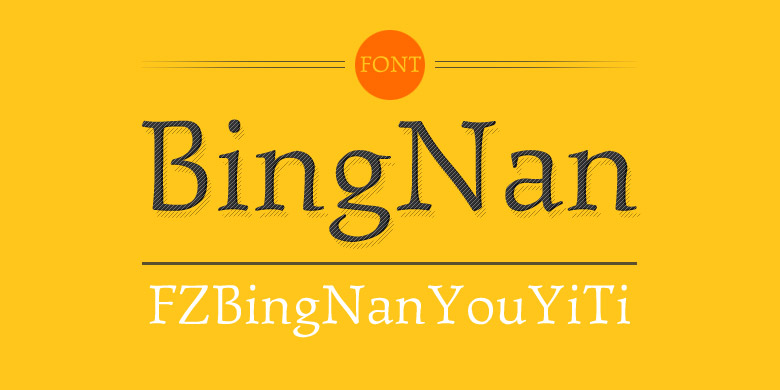Palatino® Linotype
字体介绍:
它本身已成为一种现代经典,并深受专业平面设计师及业余爱好者的欢迎。Palatino适用于文本和展示排印。新的Palatino™ Linotype是一个OpenType版本,在四个大的字符集中有许多新设计的字符; 包含了对拉丁语、希腊语、西里尔语和中欧语言和许多其他语言的广泛支持。
Palatino Linotype OpenType字体包含以下微软代码页:
1252拉丁文1,
1250拉丁文2东方,
1251西里尔文,
1253希腊语和多音希腊文,
1254土耳其文,
1257 Windows 波罗的文,
1258 Windows越南文,
该字体还包括许多连字字形,如一些s连字,以及数套小型大写字母、老式数字和分数。
每款字体都包含1325个不同字形。
The Palatino™ typeface was first designed over 50 years ago by Hermann Zapf, and is probably the most universally admired and used of his type designs. In 1950, it was punchcut in metal by August Rosenberger at D. Stempel AG typefoundry in Frankfurt am Main, and then adapted for Linotype machine composition. Zapf optimized Palatino's design for legibility by giving it open counters and carefully weighted strokes, producing a typeface that was legible even on the inferior paper of the post-World War II period. The font was named after Giambattista Palatino, a master of calligraphy from the time of Leonardo da Vinci. Palatino is a typeface based on classical Italian Renaissance forms. It has become a modern classic in itself, and is popular among professional graphic designers and amateurs alike. Palatino works well for both text and display typography.
The new Palatino™ Linotype typefaces are OpenType format fonts, which include many newly designed characters in four large character sets; including extensive support for the Latin, Greek, and Cyrillic alphabets, as well as for Central European and many other languages.
The Palatino Linotype OpenType fonts contains the following Microsoft code pages:
1252 Latin 1,
1250 Latin 2 Eastern,
1251 Cyrillic,
1253 Greek with polytonic Greek,
1254 Turk,
1257 Windows Baltic, and
1258 Windows Vietnamese.
The fonts also include many ligature glyphs, including some historical long s-ligatures, as well as sets of Small Caps, Old style Figures, and vertical & diagonal fractions.
Each font contains 1325 different glyphs.






















 商业发布授权
商业发布授权
 出版物授权:针对出版物
出版物授权:针对出版物
 嵌入式应用授权
嵌入式应用授权






